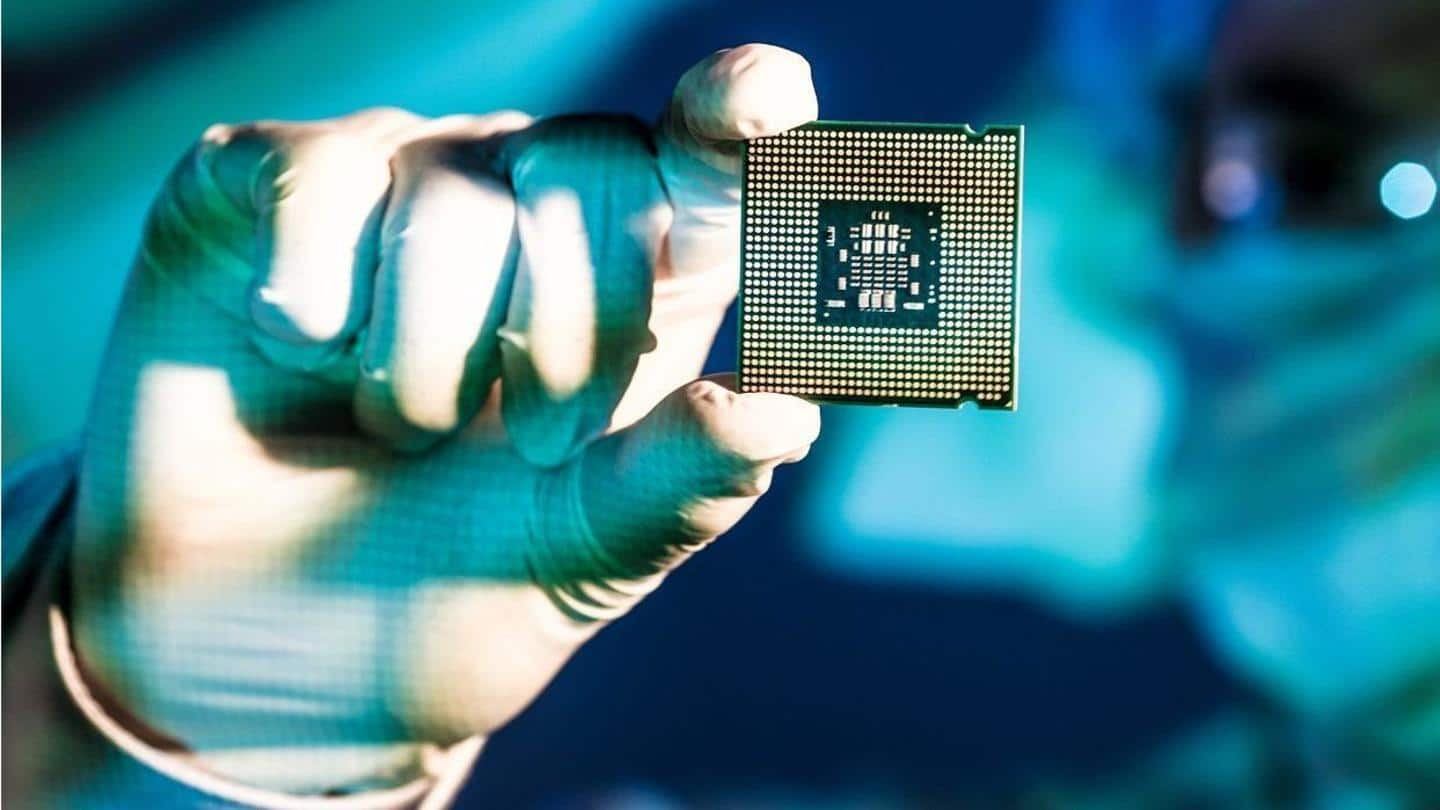
#NewsBytes Explainer: The real reasons behind the global chip shortage
What's the story
Today, manufacturing industries around the world are braving an acute shortage of chips essential for practically every modern equipment.
The shortage is expected to last until 2023 and can be attributed to a host of factors. While the popular belief is that the pandemic is to blame, that's only partially true.
Here's a look at the real reasons behind the global chip crunch.
TSMC who?
Brief COVID-19-induced production slump isn't the lone culprit
In early 2020, economies slumped as countries imposed strict lockdowns to contain the spread of COVID-19.
This briefly slowed chip production in Taiwan. The island nation is responsible for a lion's share of the world's chip production and is home to the world's largest chip foundry called Taiwan Semiconductor Manufacturing Corporation (TSMC).
The prevalent shortage primarily impacted gaming consoles, computer hardware, and automotive manufacturing.
Tech is everywhere
Production for automotive, PC component, gaming console giants held back
Prices for computer hardware such as processors, RAM, and graphic cards shot through the roof in 2020.
New gaming consoles such as the Sony PlayStation 5 and NVIDIA's newest 30-series graphic cards have been virtually unattainable.
Demand for work-from-home computers and graphic cards for cryptocurrency mining and e-sports that caught on during the pandemic is further responsible for the shortage.
Speedbreaker
Ford slashed its annual earnings estimate anticipating prolonged chip shortage
Additionally, leading car makers such as Ford, Honda, and Mahindra have warned of up to 12-week-long delays for new cars.
Ford reduced its earnings estimate for 2021 by $2.5 billion anticipating a production shortfall of 1.1 million vehicles due to chip shortages.
Companies are reporting losses and delays because they weren't anticipating a surge in demand amid pandemic-related travel restrictions.
Why?
TSMC operating at full tilt, won't catch up to demand
On one hand, carmakers and companies such as AMD and NVIDIA incorrectly forecasted demand to plummet. On the other hand, people got fatter stimulus checks and saw a suitable outlet for their disposable income in the form of electronics and automobiles.
Although TSMC has been working at full steam to meet demand, the shortage doesn't seem to be getting any better.
Details
Incorrect demand forecasting left a huge void to fill
The chip shortage is worsened by the Taiwan drought since water is an integral part of silicon wafer manufacturing.
Why isn't the supply catching up to the demand, you might ask?
Well, companies such as Apple and AMD, all clients of TSMC, had anticipated a 50 percent drop in demand. Instead, demand shot up approximately 200 percent, leaving a 250 percent supply deficit.
Slow to scale
Chip manufacturing slots are booked well in advance
Moreover, TSMC can't scale output on short notice. Chip manufacturing is a time-consuming process that is feasible in batches that are booked at least a year in advance. TSMC prioritizes orders from larger companies with long-standing business relationships, such as Apple.
For the first time ever, TSMC is trying to establish production facilities outside Taiwan in a tacit acknowledgment of an impending Chinese invasion.
Strategic gambit
Intel Foundry Services could capitalize on demand when Taiwan crumbles
Another giant which sees the light appears to be Intel. The company had attained self-sufficiency in its silicon production but it announced a new foundry service based for third parties to capitalize on demand when Taiwan is incapacitated.
Worryingly, an interesting survey suggests Taiwan won't be able to defend itself in the event of an invasion.